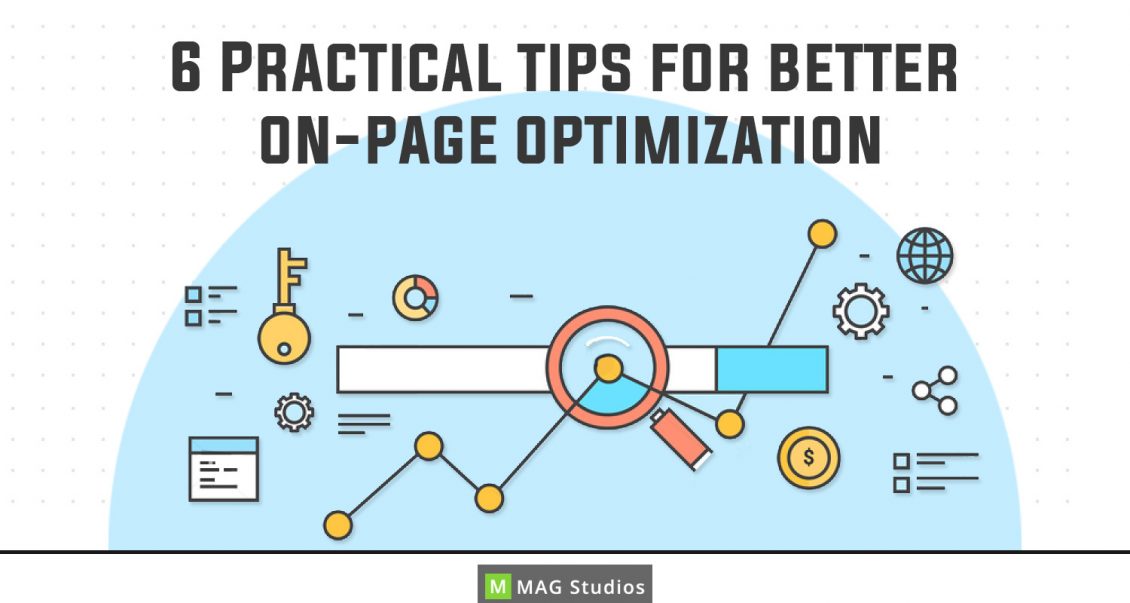It all begins with words typed into a search box but as we change from keyword placement to further developed practices of topic targeting, it’s in reality simple to consolidate these ideas into our content. While the majority of us don’t have the methods accessible to calculate relationships and entity occurrences, there are various basic ways by which we can take while crafting optimized content:
- Keywords Research shapes your base. Despite the fact that individual keywords themselves are never again enough to frame the base of your content, everything starts with great keyword research. You need to recognize what terms you are focusing on, the relative competition around those keywords, and the ubiquity of those terms. At last, you will likely associate your content with those very keywords and work your content with it.
- Research around points and topics. Oppose looking into single keywords, and rather move towards searching based on themes. Look at the secondary keywords identified with every single keyword. At the point when individuals discuss your subject, what words do they use to depict it? What are the properties of your subject? Utilize these secondary keywords phrases as cast members to build content around your central theme.
- While creating your content, reply to the greatest number of inquiries as you can. Great content answers questions, and semantically important content mirrors this. A top ranking for any inquiry implies the Search Engines trusts your content answers the inquiry best. As you structure your content around points and subjects, make sure you deserve the top ranking by answering the questions and offering a user experience better than the competition.
- Utilize common language and variations. Amid your Keyword Research process, it’s useful to recognize other basic ways searchers allude to your theme, and incorporate these in your content when suitable. Semantic keyword research is regularly priceless to this procedure.
- Place your imperative content in the most essential segments. Maintain a strategic distance from footers and sidebars for vital content. Try not to endeavor to trick Search Engines with extravagant CSS or JavaScript tricks. Your most essential content ought to go in the spots where it is most noticeable and open to perusers.
- Structure your content properly. Headers, paragraphs, lists, and tables all give structure to content so Search Engines comprehend your content target. Utilize legitimate presentations, conclusions, themes composed into passages, spelling and language, and refer to your sources appropriately.

